
Invasive species plague states all across the U.S., from exotic snake species in Florida to zebra mussels in the Great Lakes. Now, a new invader has been confirmed in the Pacific Northwest, igniting ecological and infrastructural alarms.
The Chinese mitten crab is native to East Asia and uses its hairy claws and burrowing habits to destabilize levees, outcompete native species, and clog critical water infrastructure.
It seems nowhere is safe from these species, especially since they have been observed to climbing high on vertical surfaces. Their discovery in America has marked a potential tipping point for California, where similar ecosystems face the threat of this invader.
A Repeat Invasion
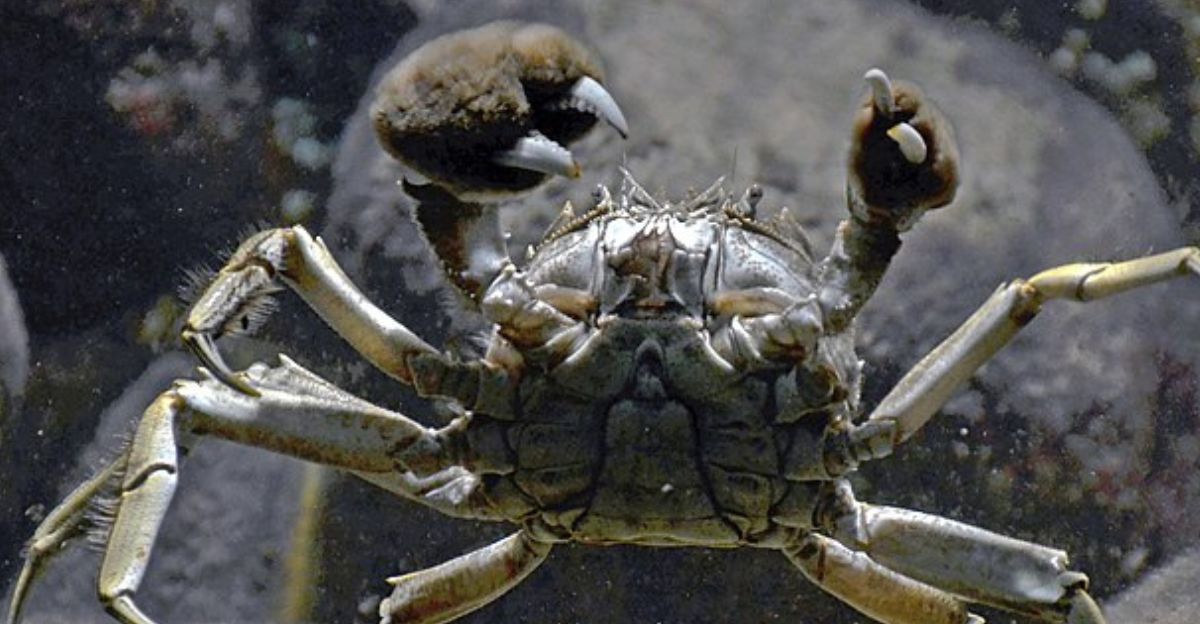
Just 40 years ago, the mitten crab has established a thriving population in San Francisco Bay, with 750,000 crabs caught in 1998. Their affinity for burrowing erodes leaves, damaging rice crops, and disrupting fisheries.
Aggressive eradication efforts has helped in the past, but it seems that the population is persistent. Their discovery in Oregon suggests a silent invasion through ballast water from transport ships or illegal pet releases.
The past has shown a failure to deal with this invasive population, and more extreme options may have to be considered in order to get rid of this species for good.
Ecological Domino Effect

Mitten crabs alter the ecosystems that they live in through sediment alteration, preying on endemic species, and outcompeting wildlife like crayfish.
To make matters worse, countries like Belgium have noticed that the hybrid population within their borders is showing a surprising amount of adaptability from multiple introductions, strengthening their biodiversity.
California already has vulnerable species like Delta smelt and salmon that could face extinction because of the invading crab species. The mitten crabs also threaten estuaries around the states due to their rapid colonization and duel freshwater/saltwater lifecycle.
Infrastructure Under Siege
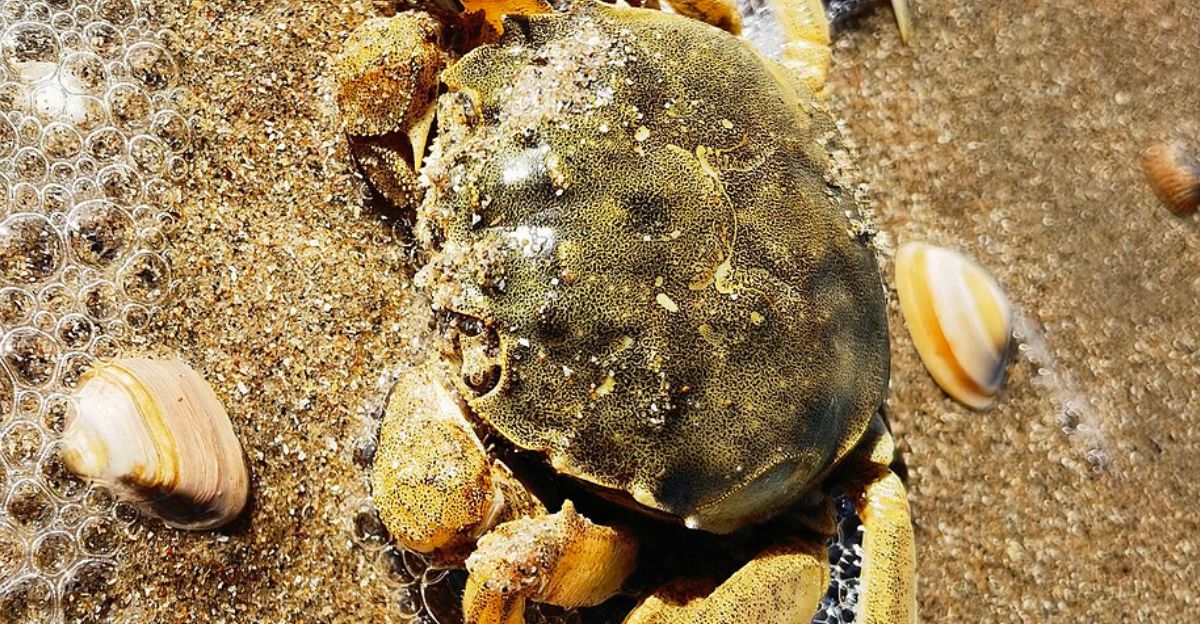
California’s worn water infrastructure may not be equipped to deal with erosion caused by the mitten crab, which has already caused $1.2 billion in damages in China. Burrows can weaken levees that are vital for controlling floods in the Central Valley.
The crab’s spread is unpredictable due to its ability to climb over fish ladders and floodgates, which has been verified by the U.S. Bureau of Reclamation.
This makes the species a thorn in the side of ecologists, and those in the fishing industry. If they are left unchecked, they could do untold damage to both the local wildlife population and essential infrastructure.
An Expensive Threat
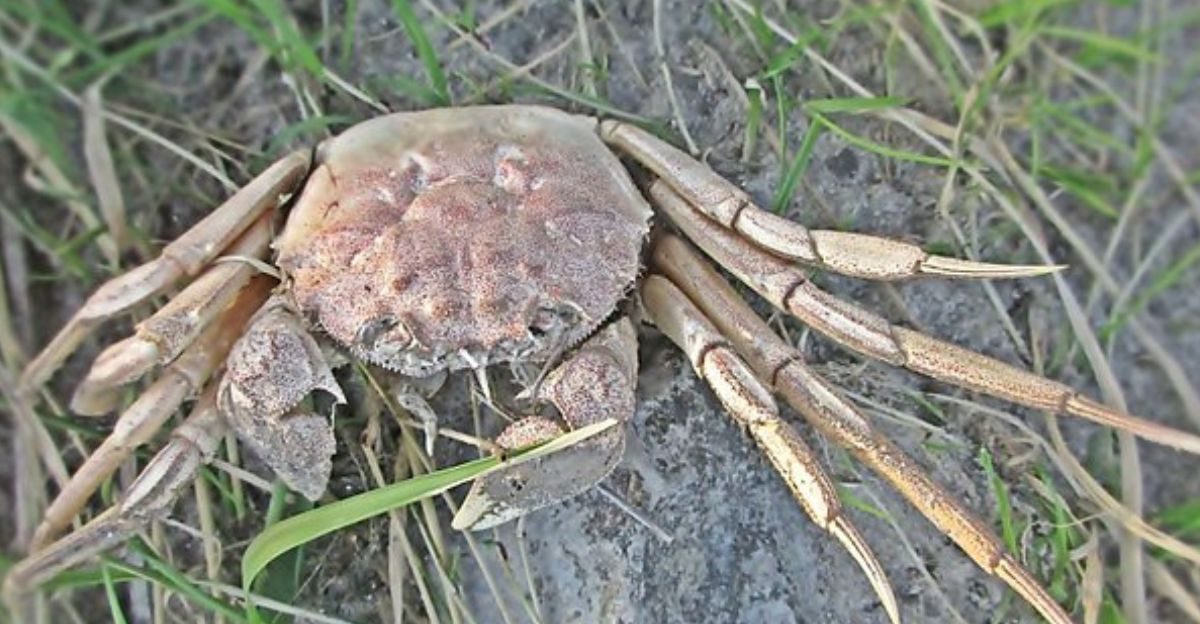
When invasive species invaded the Bay Area in the 1990s, $15 million a year was needed to keep the population controlled. Today, this figure could be exponentially greater, as State Water Project and Delta pumps supply more than 20 million people and over 700,000 acres of farmland.
DNA sampling and trap lines were put into sparked by just one crab being found in Oregon, showcasing how big of a threat this invasive species can be.
California is already facing a golden mussel invasion, which demands $1 million in grants for boat inspections. The crabs would put further financial strain on the state.
Thriving Due To Climate Change
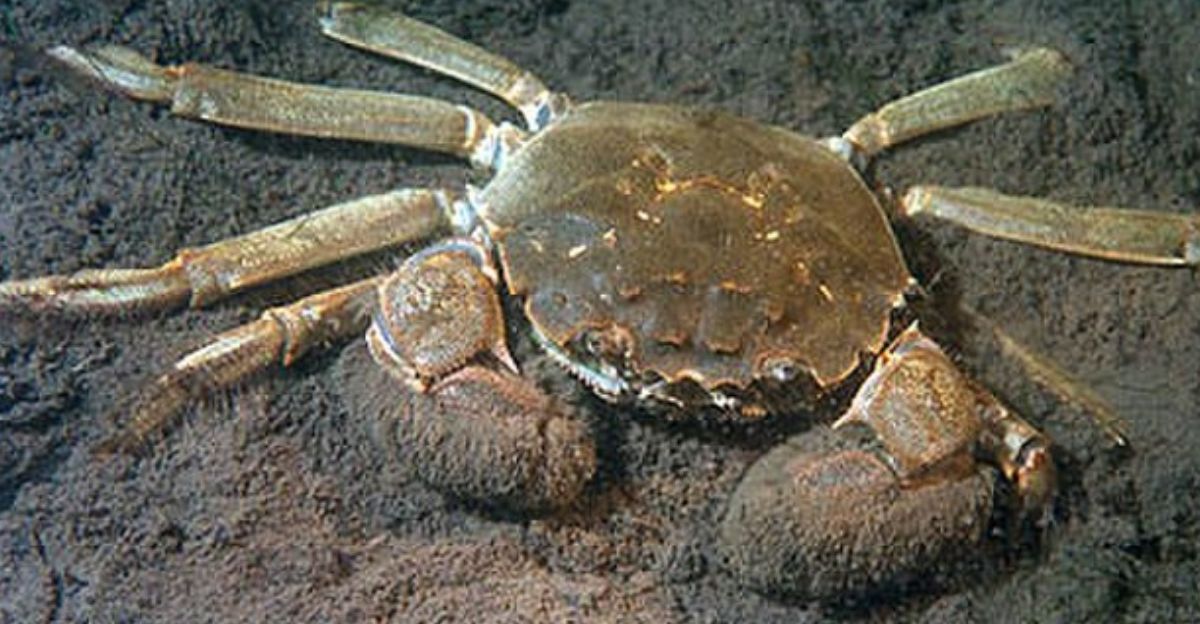
Climate change plays a big role in the population explosion of mitten crabs, which prefer warm waters and altered salinity that come from droughts.
They thrive in these brackish conditions, which climate models predict will happen to estuaries as well. Their spread could also be aided by heavy rains would could move them into new watersheds.
These factors make it especially important to focus on not just the crab species themselves but also on climate risk factors and how to properly address them to achieve a more sustainable future.
A Cross-Species Invasion
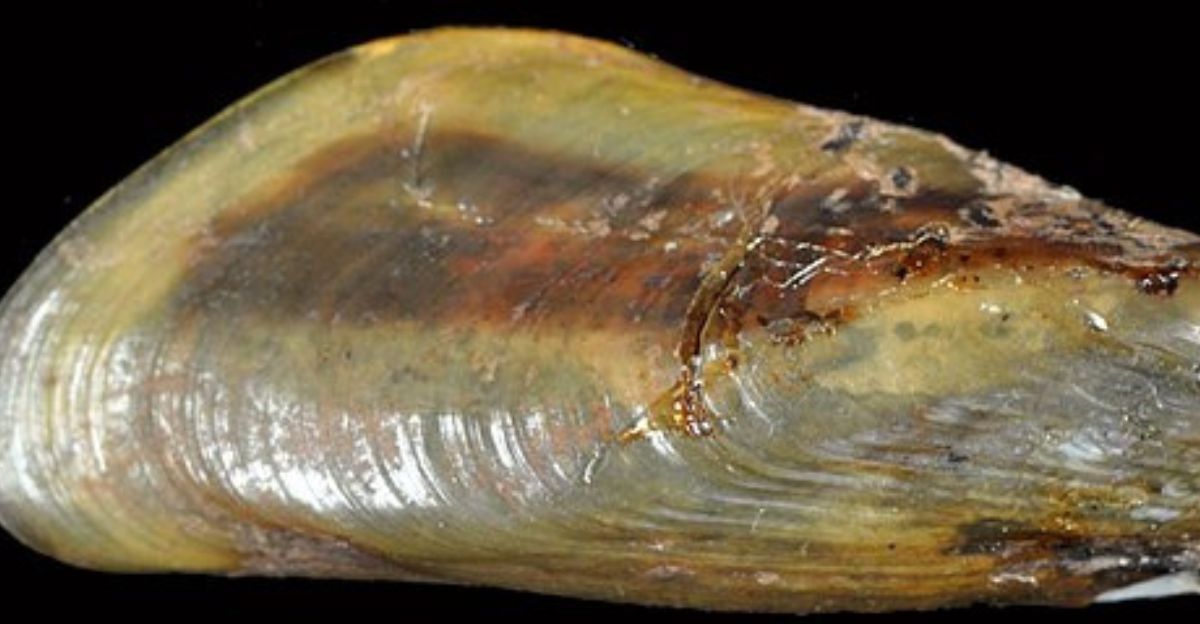
Both mitten crabs and golden mussels are filter feeders that originate in Asia. These two species mean that California and other states are being attacked on both fronts and aid each other in their invasion. The mussels clear water, which helps crab larvae survive.
The burrows that crabs create provide a site for mussels to attach to. This synergy makes both an immediate threat, and eradication efforts should be focused on eliminating both populations, as it may be hard to take one out with the other offering this unseen aid.
A coordinated strike on both species is crucial in protecting local fish populations and infrastructure.
Surveillance Challenges
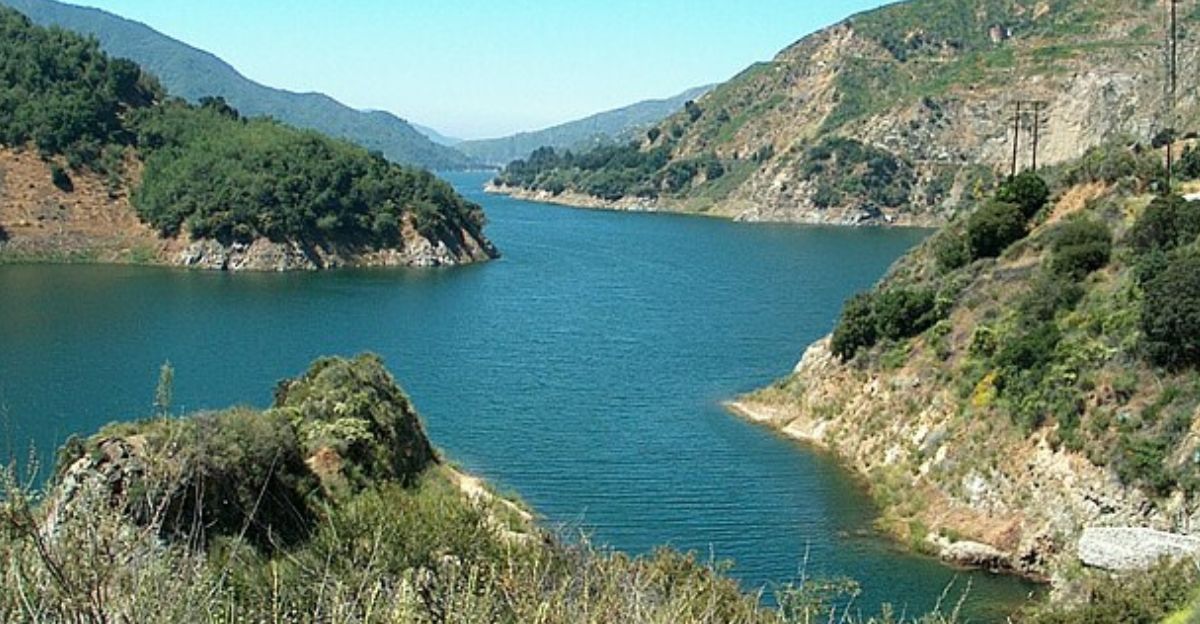
In order to effectively monitor and control the crab population, California deploys cutting-edge surveillance drones, environmental DNA sampling, and AI image recognition.
All of these techniques are pivotal in the fight against these invaders, but there are concerns among residents. These tools help early detection of their population, but they rise privacy and data ownership concerns.
Who ends up controlling the genetic data taken from public waterways? Public support for these projects hinges on transparency from the government that balances biosecurity and resident rights.
How They’re Getting In
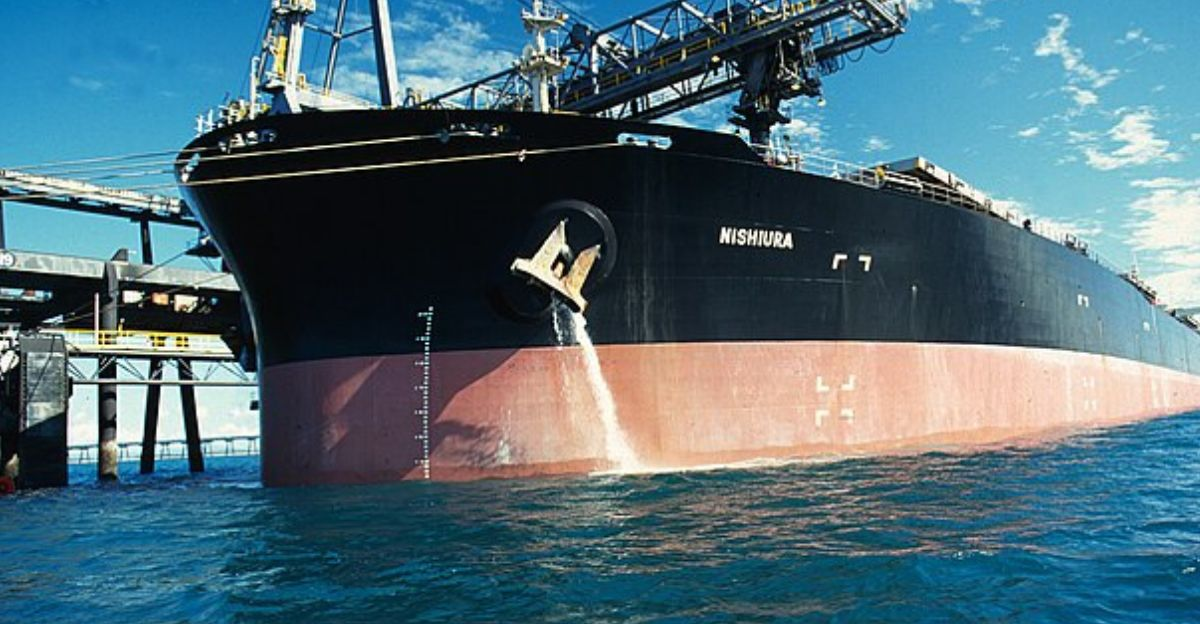
While there are strict federal regulations on ballast water, there are certain exemptions for domestic shipping routes which could aid in invasive species transport along the West Coast.
Another way that the crabs are establishing a population could be through illegal trade, where mitten crabs are smuggled in as either pets or as a culinary delicacy. There are enforcement gaps, such as the invasive species laws of California, last being updated in 2007, and lacking stringent penalties for accidental or intentional transport.
Better enforcement of these laws and updated legislation could help to crack down on many of the ways that these crabs are getting into the country.
A Potential Crisis
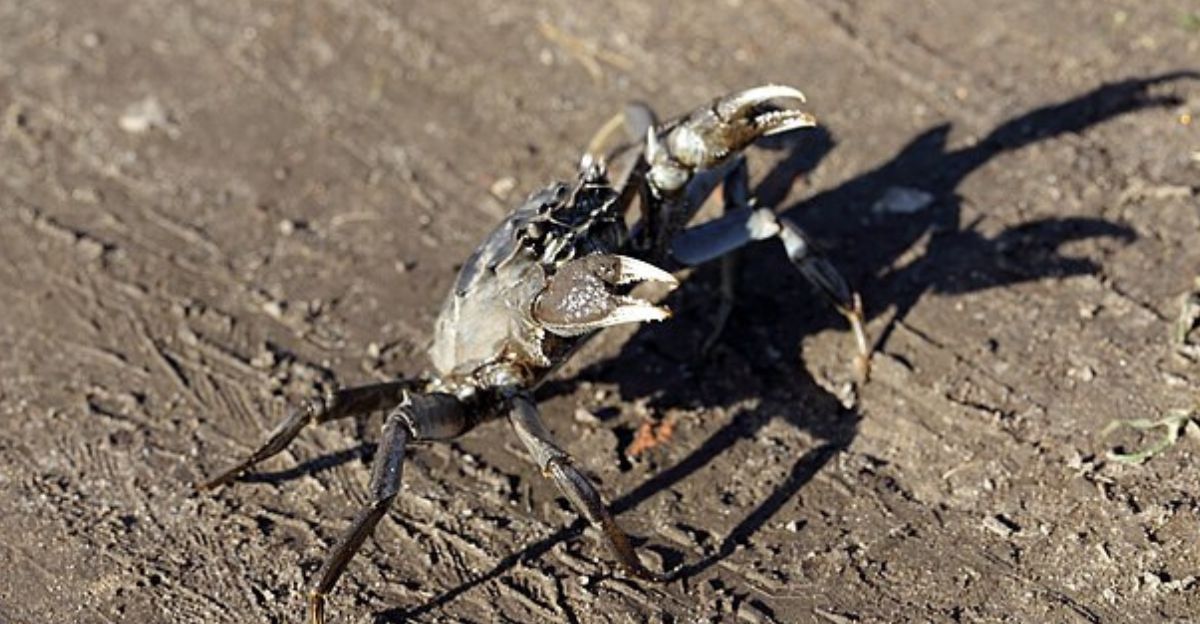
The mitten crab invading America is a silent problem that many people go through their day-to-day lives without knowing about.
They could create a potential crisis that would test California’s ecological resilience and government capacity. In order to effectively deal with these invaders, legal frameworks must be updated and radical new solutions could be adopted.
The crab poses a threat to the future of not just many vulnerable wildlife in many states but also local economies and important infrastructure.
The Cost Of Its Invasion
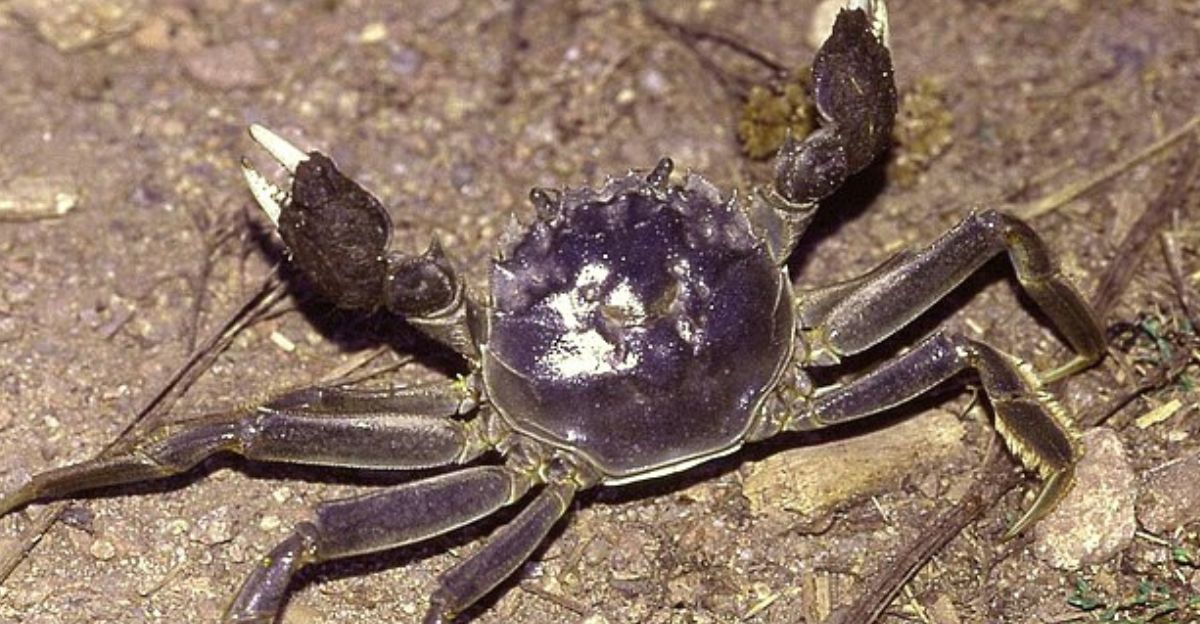
Estimations of global economic costs caused by invasive crustaceans are at a minimum of $271 million, which is believed to be a severe underestimation of a more inflated figure.
Most of the costs that Chinese mitten crabs and other invasive crustaceans cause are from resource damage and losses in fisheries and agriculture. The Mitten crab alone is responsible for about $63 million in damages in North America and Europe.
Impact On Agriculture
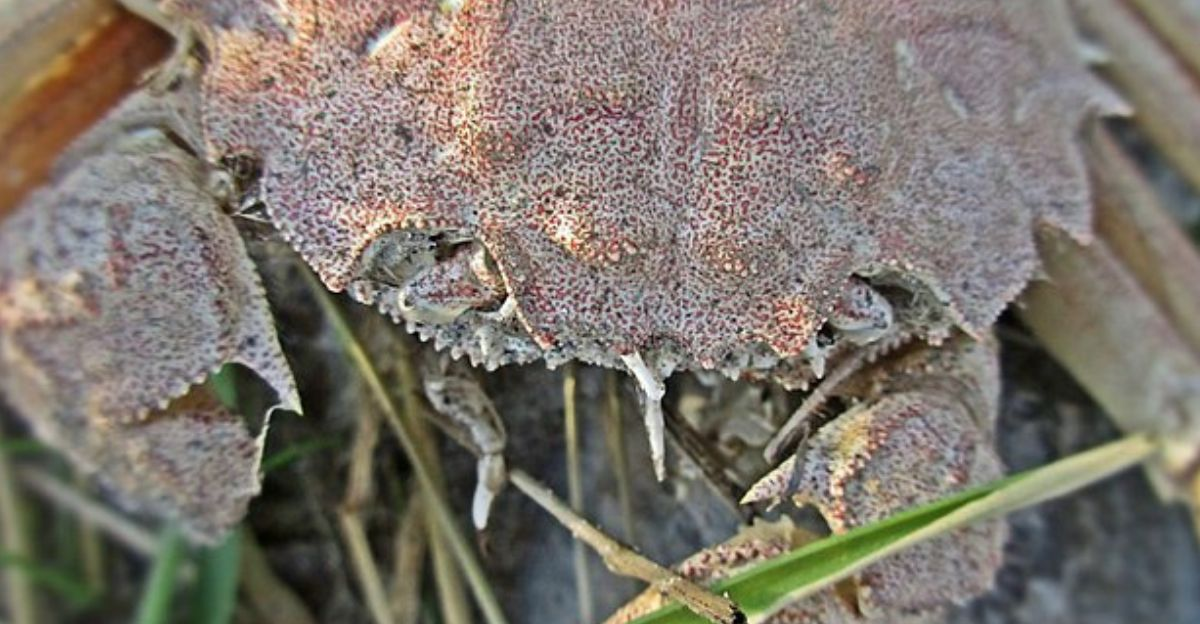
Mitten Crabs do unprecedented damage to rice crops through their burrowing and foraging habits in paddies. Their population has appeared in irrigation canals and fields, disrupting planting efforts and increasing maintenance costs.
The end result is reduced yields and higher costs, which adds another layer of economic hardship for California’s already strained agriculture sector.
Health Risks
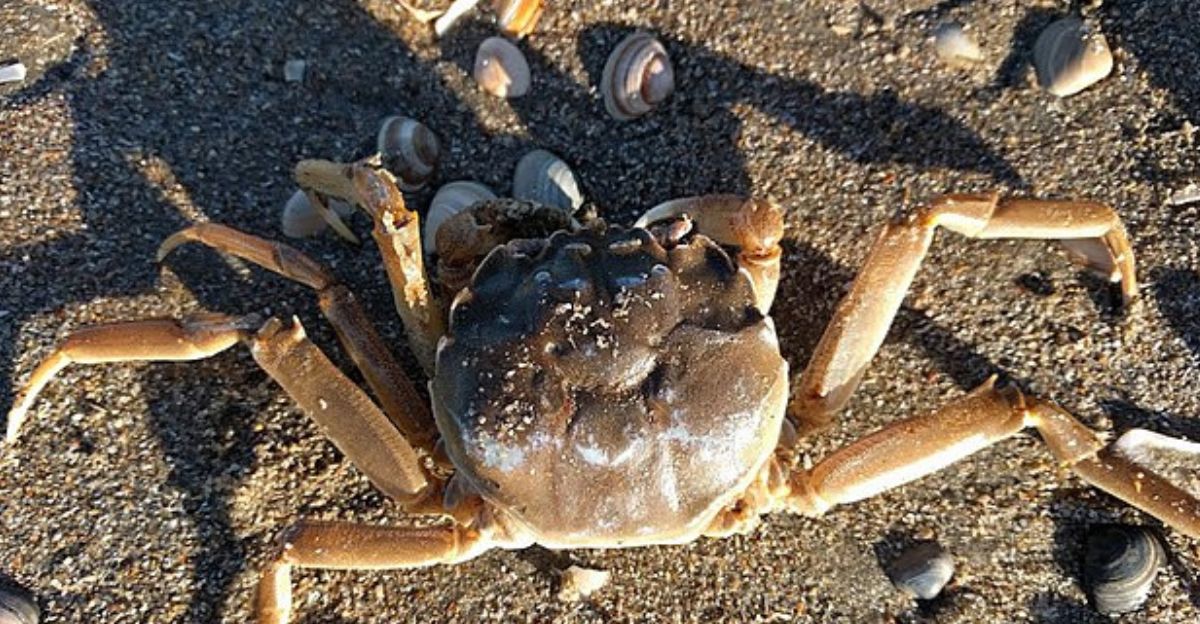
Chinese mitten crabs not only pose a risk to agriculture and industries. However, they can also potentially carry the Oriental lung fluke, a parasite that can infect humans by eating uncooked or undercooked flesh.
Thankfully, there have been no cases of mitten crabs in the U.S. with these parasites, but the risk still remains, especially with how popular the crustacean has become as a delicacy.
Smuggling And Enforcement
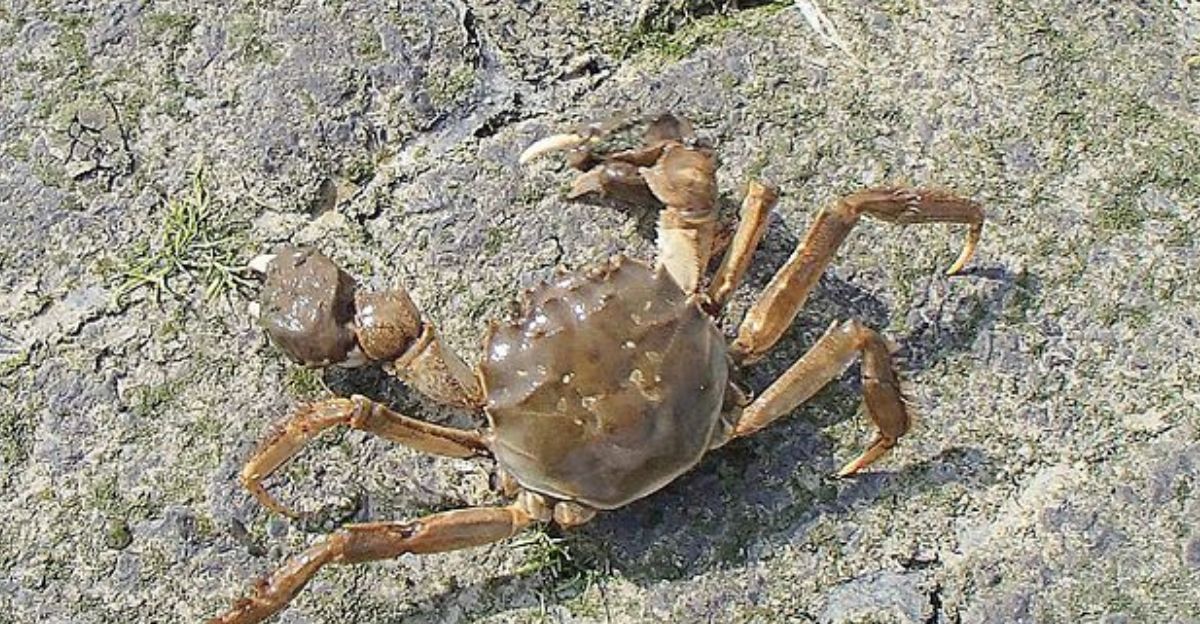
Mitten crabs are continuously being illegally imported into the country, and are often smuggled by being disguised as something else. The U.S. Fish and Wildlife Service has intercepted shipments that contained thousands of mitten crabs.
Enforcement of the law against these creatures is crucial, as each shipment can potentially release populations of live crabs that could do significant destruction.
Breeding Power
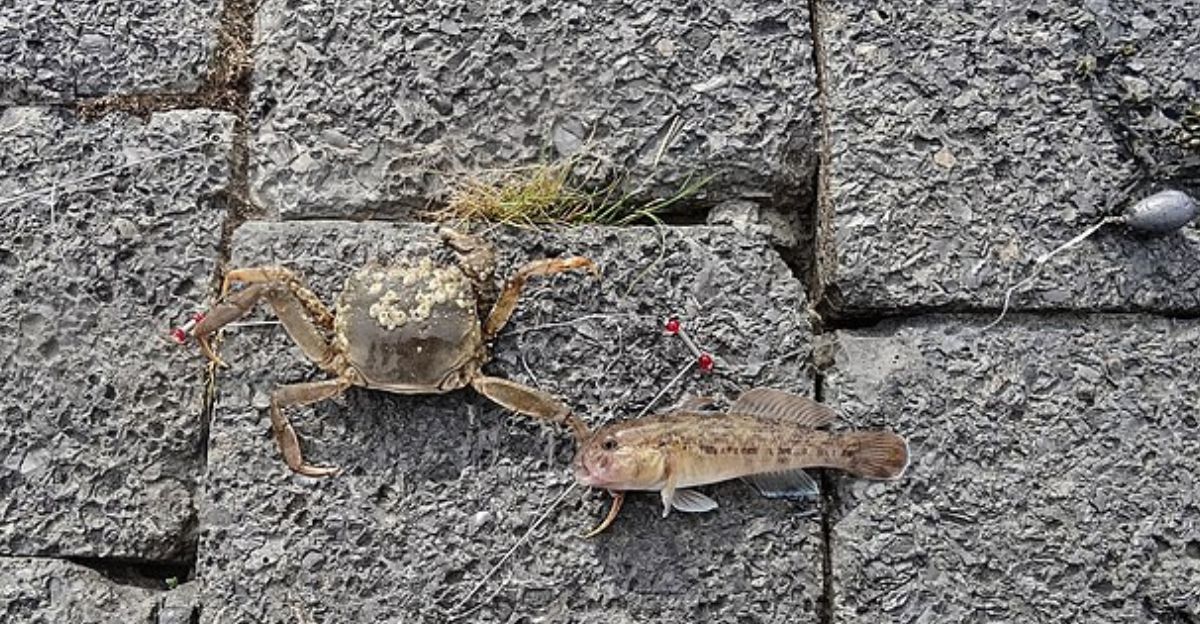
Mitten crabs can repopulate by the millions in their environments. Females produce up to one million eggs per brood, and their larvae can disperse easily in estuarine waters, which means that large population booms can become a problem.
Adult mitten crabs migrate over ten miles daily, which lets them encroach on new territory as an invasive species and colonize those habitats, outpacing control efforts by officials.
Adaptive Management
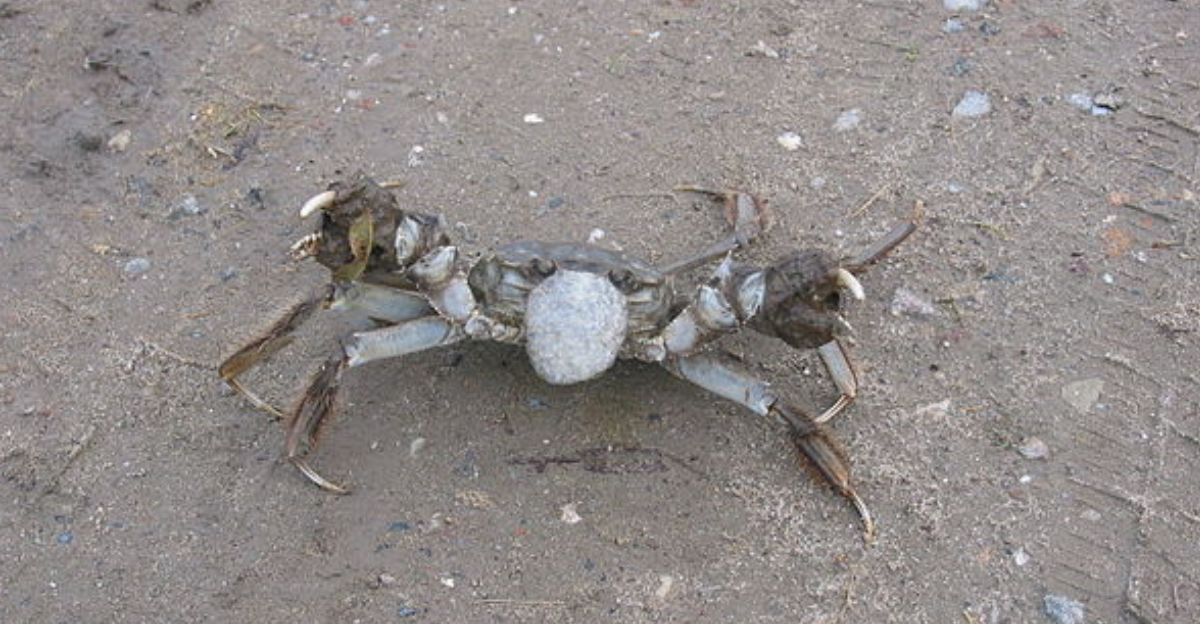
Given the threat these populations pose to California, efforts have been employed to combat their invasion. Innovative approaches have included the construction of “Crabzilla,” an 18-foot fish screen created to stop crabs from clogging water infrastructure.
Other strategies include early detection programs and the public’s ability to call hotlines to report any crab activity.
Expansion Into The U.S.
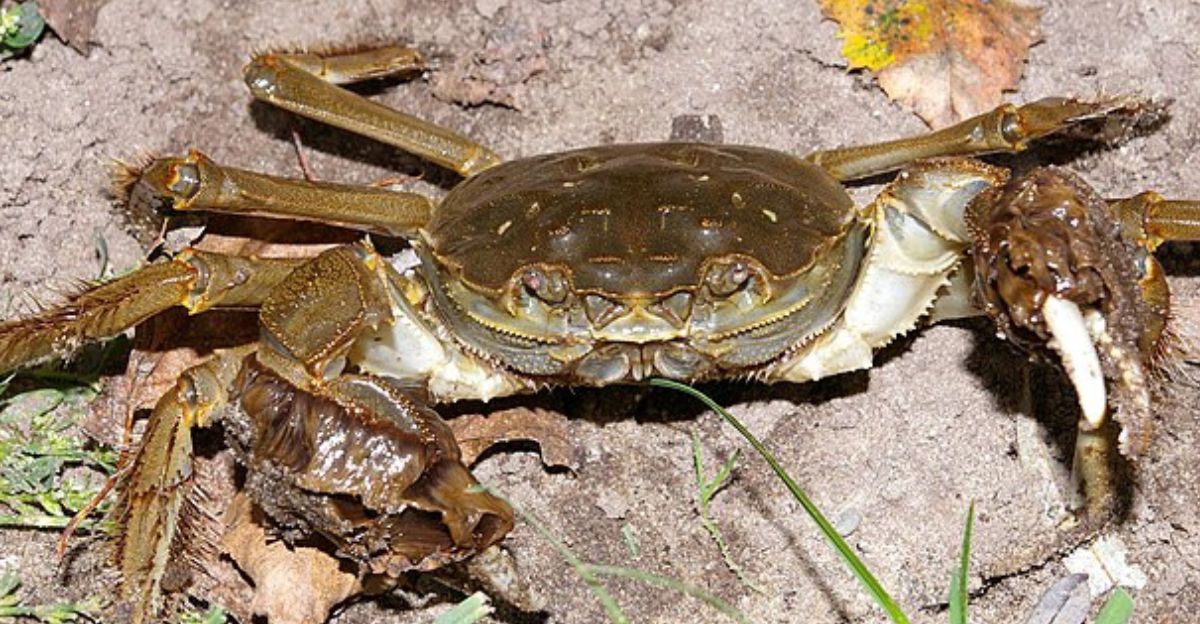
Mitten crabs are catadromous animals, meaning that they can dwell in fresh and saltwater environments. This allows them to exploit many different habitats that span a significant number of ecosystems.
They can thrive in any place, from urban streams to agricultural ditches, making getting rid of them and controlling their population challenging in the face of their continued expansion into the U.S.
Knowledge Gaps

Although Chinese mitten crabs are an undisputed threat, there are still many knowledge gaps regarding their full economic and ecological effects on the American environment.
Many of the consequences that these crabs have in U.S. waters are underreported or poorly documented, especially in regions with limited monitoring efforts. This suggests that the true ramifications of their invasion could be far larger than we think.
Lessons To Be Learned
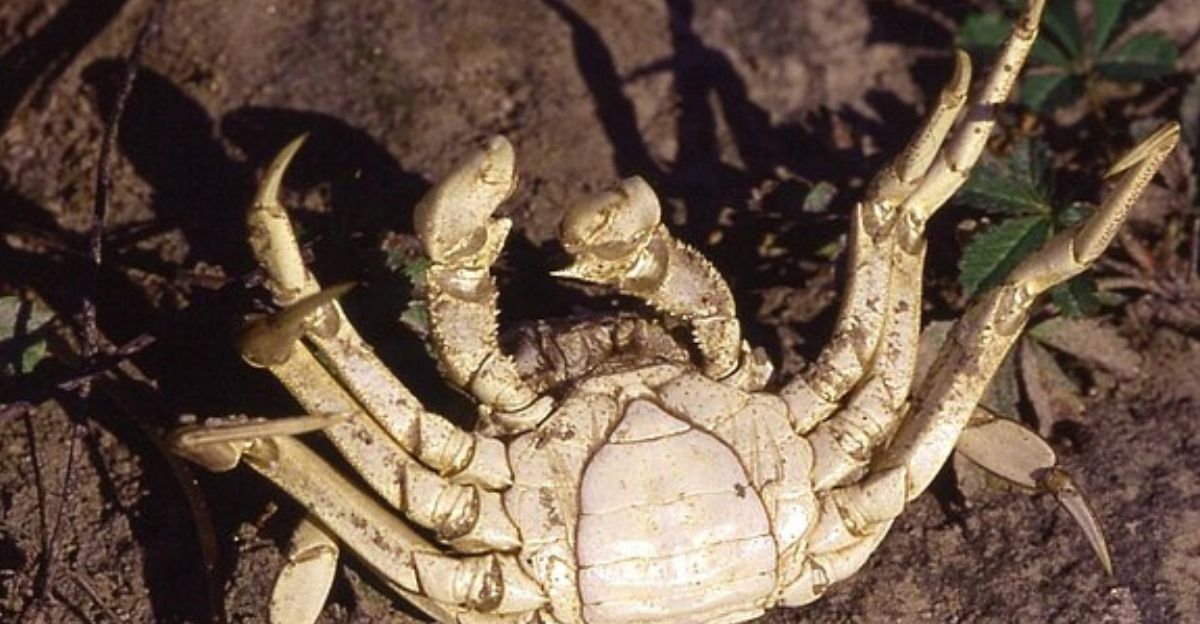
If we turn to other countries, we can learn from their mistakes. Europe has experienced a similar invasion with the mitten crab, and we can learn the importance of quick, coordinated action to ensure that there are no delays in response.
Europe’s lack of decisive action has led to entrenched populations of mitten crabs that cause recurring damage. Prioritizing prevention and quick containment may avoid repeating the costly mistakes seen abroad.
Future Outlook
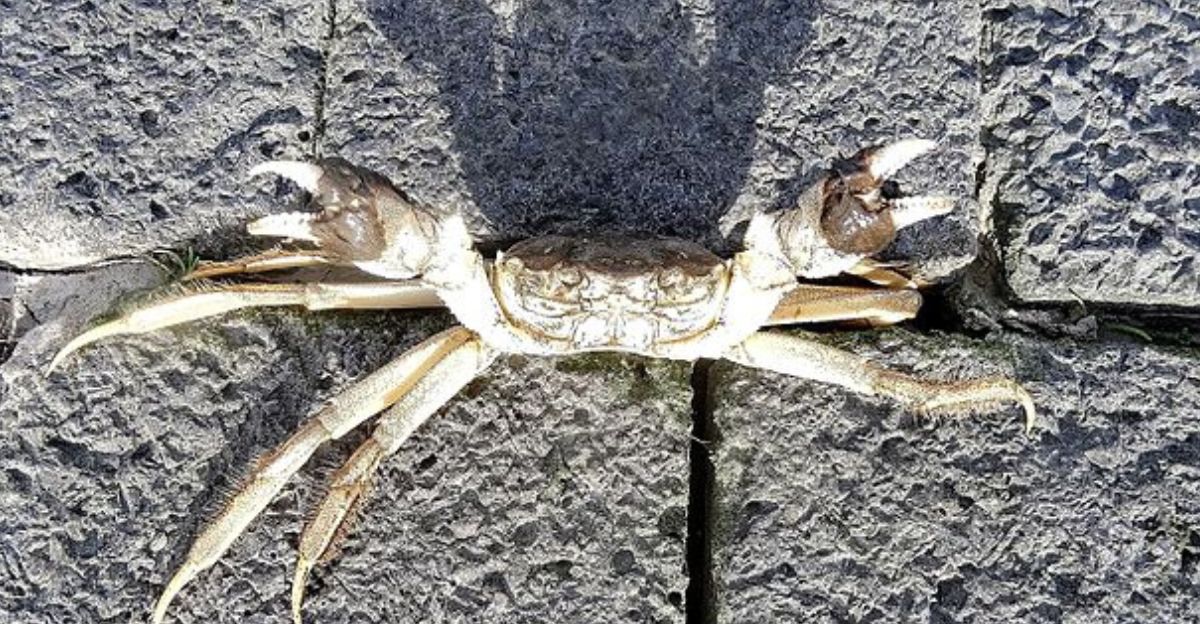
If the Chinese mitten crab is left unchecked within American borders, its adaptability, reproductive capacity, and human-assisted spread, which we have already seen, could transform California’s waterways for the worse.
Aggressive and proactive action is needed in order to deal with their invasion and prevent more ecological and economic disasters.
Explore more of our trending stories and hit Follow to keep them coming to your feed!

Don’t miss out on more stories like this! Hit the Follow button at the top of this article to stay updated with the latest news. Share your thoughts in the comments—we’d love to hear from you!







